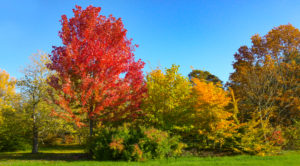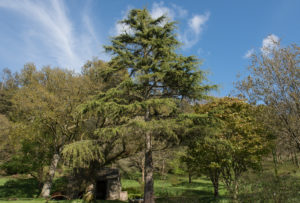Trees of the South Arboretum
Tree 1: Franksred Acer Rubrum Red Sunset
The Acer Rubrum Red Sunset has vibrant leaf and broadly oval uniform habit making it a most attractive form of Red Maple. Its real show happens in the autumn when its green leaves turn a dramatic red.
Sponsor: Geoffrey Peters
In loving memory of my mum Pamela Peters who loved playing golf with my dad and her many friends at the Club from 1999 to 2014.
Tree 2: Deodar Cedar
This Cedar was introduced from the Himalayas back in 1831. Due to its extensive ultimate size, it was favoured for planting in the grounds of many stately homes, large country houses and Georgian rectories.
Sponsor: Julian Nicholls
In loving memory of Kareen Nicholls who so enjoyed the Club and particularly Woodcote Park.
Tree 3: Purple Beech
This pretty, deep foliaged, tree has dark purple red foliage which appears in the spring time and, like many other purple leaved specimens, it gradually turns to a dark green-bronze as the summer progresses.
Sponsor: The Late Sir David Prosser and Lady Prosser
Dedicated to our grandson Peter David Vlietstra so that he can remember his grandfather as he sees this tree grow and mature alongside himself.
Tree 4: Arends Field Maple
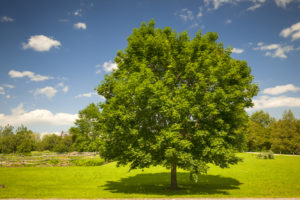
Dutch in origin with a regular upright habit, making it ideal for gardens and urban areas, Acer campestre Arends thrives on most free draining soils. Its green leaves turn a bright yellow in the autumn.
Sponsor: The Late Sir David Prosser and Lady Prosser
Dedicated to our grandson Daniel Glynn Warman so that he can remember his grandfather as he sees this tree grow and mature alongside himself.
Tree 5: Pride of India
Introduced from China in the 1760s, its profuse small yellow flowers develop in late spring. These form lantern shaped fruits that turn red in the autumn.
Sponsor: Geoffrey Peters
In loving memory of my father Denis Peters who was born in India, loved India, fought in WW2 in the Indian Army, never surrendered and escaped capture from the Japanese and loved playing golf with my mum at the Club from 1990 to 1997.
Tree 6: Japanese Pagoda
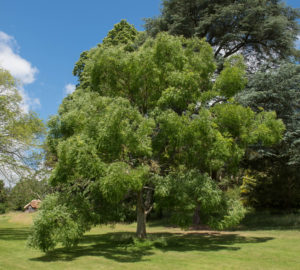
The foliage of the Japanese Pagoda Tree is bright green, with compound leaves that have very small leaflets giving the tree a light and airy appearance. Once mature, the tree produces yellow-white, pea like flowers.
Sponsor: Robin and Sarah Wilson
This tree is sponsored by Robin and Sarah Wilson for the enjoyment of members.
Tree 7: Silver Lime Brabant
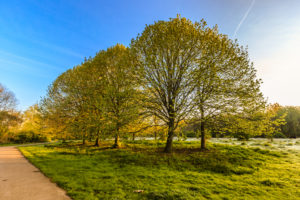
This tree has large dark green leaves which have a silvery-white underside, providing a stunning contrast and attractive shimmery effect when blowing in the wind.
Sponsor: The Late Sir David Prosser and Lady Prosser
Dedicated to our grandson James Roelof Vlietstra so that he can remember his grandfather as he sees this tree grow and mature alongside himself.
Tree 8: Purple Beech
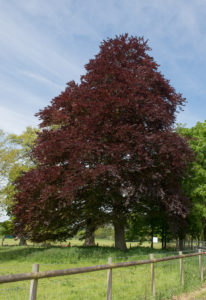
This pretty, deep foliaged, tree has dark purple red foliage which appears in the spring time and, like many other purple leaved specimens, it gradually turns to a dark green-bronze as the summer progresses.
Sponsor: Pam and Derek Richardson
We have enjoyed more than 50 years of membership of our Club and we hope that you are still enjoying all these wonderful facilities today.
Tree 9: Honey Locust
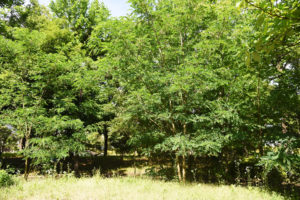
A pretty and delicate looking tree, which originated in America. The foliage is often late to appear, emerging a brilliant lime yellow colour and hardening to a darker green as the summer progresses.
Sponsor: Stuart and Janet Malcolm
In fond remembrance of family and friends.
Tree 10: Pride of India
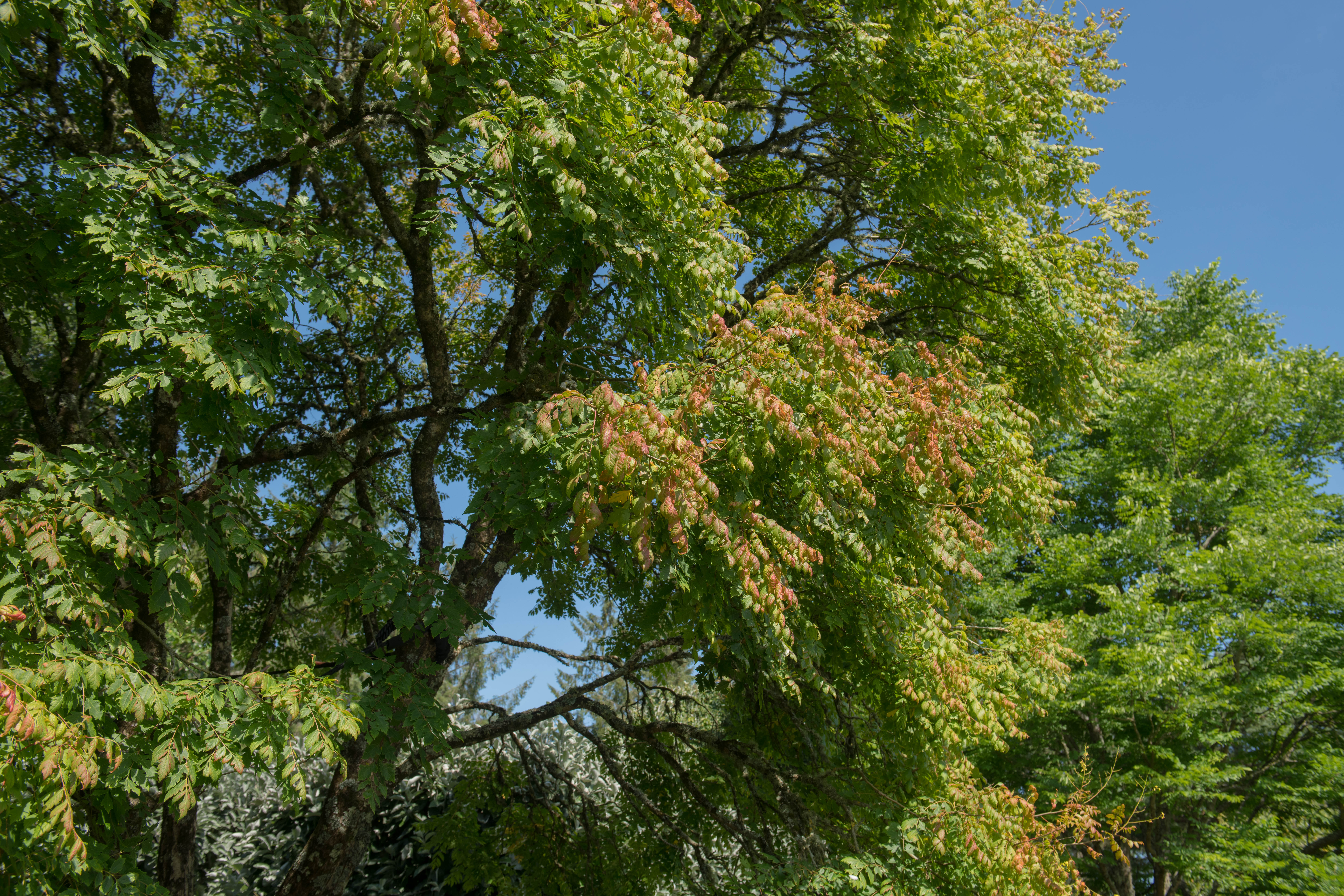
Introduced from China in the 1760s, it thrives best on free draining soils with a sunny aspect. Profuse small yellow flowers develop in late spring and these form lantern shaped fruits that turn red in the autumn.
Sponsor: Brian and Gillian Turner
Sponsored by the Turner family to celebrate the birthday of our mother Flora Turner who was 105 years old on the 6th November 2020.
With all our love. Brian, Gill, Chris and Sue.
Tree 11: Tulip Tree
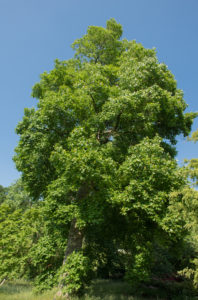
In its native land of North America, this tree has been known to tower to tremendous heights. This tree is also desirable from an ecological point of view; the pollen harvested by bees from the flowers apparently produces superb honey!
Sponsor: Pam and Derek Richardson
We have enjoyed more than 50 years of membership of our Club and we hope that you are still enjoying all these wonderful facilities today.
Tree 12: Sweet Gum Worplesdon
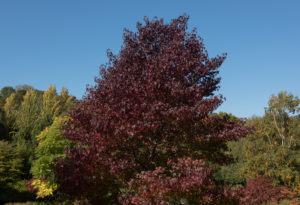
From September onwards, this tree reveals lavish autumn colour. It begins with yellow at the very top of the tree, turning to orange, red and then a deep claret colour before it finally falls from the tree.
Sponsor: Michael and The Late Elizabeth Coaten
In loving and living memory of Elizabeth, and Suzy, our daughter. Both beautiful, enchanting, forever missed. Caroline, Adam, Campbell, Oscar, Connor, Finley, Rory, Sydney, Atalanta.
RIP amongst these boughs.
Tree 13: Crimson King Maple
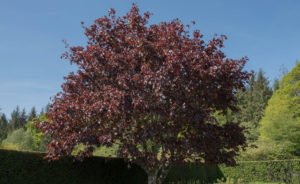
It has discrete yellow flowers that appear in spring and contrast fantastically with the dark purple foliage which gradually turns to maroon over the growing season then on to red in the autumn. The dark colours make a statement in the landscape, as contrasting colours tend to draw attention.
Sponsor: The Late Alfred and Jo Stein
Planting for the future.
Tree 14: Honey Locust

A pretty and delicate looking tree, which originated in America. The foliage is often late to appear, emerging a brilliant lime yellow colour and hardening to a darker green as the summer progresses.
Sponsor: Stuart and Janet Malcolm
In fond remembrance of family and friends.
Tree 15: Oriental Plane
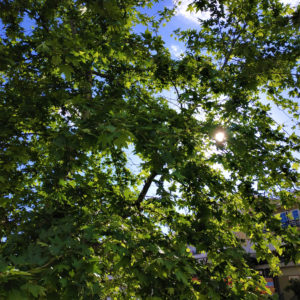
This cultivar of Oriental Plane has very deeply dissected, large, bright green leaves, which turn yellow and brown before falling in the autumn.
Sponsor: Jeffrey Bunting
Mr Arthur Bunting (Pops) 1939-2014,
Fifteen years before the mast,
Walked tall and straight until the last,
This tree standing shall remind us all,
That we remain alive when our leaves fall.
Tree 16: Honey Locust

A pretty and delicate looking tree, which originated in America. The foliage is often late to appear, emerging a brilliant lime yellow colour and hardening to a darker green as the summer progresses.
Sponsor: Mary Gillian Craig
Remembering happy days at the Royal Automobile Club.
Tree 17: Maidenhair
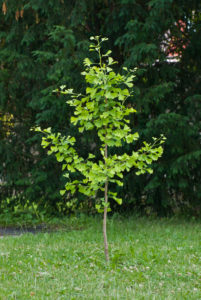
Also known as Ginkgo Biloba, this is a large deciduous tree which develops an irregular, spreading crown with age, fan-shaped, two-lobed leaves and, on female trees, unpleasantly scented yellow fruits each containing a single large seed.
Sponsor: The Club


